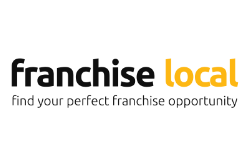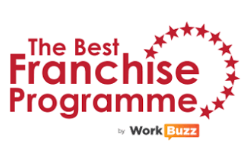The new year and the month of January in particular is the time when people consider their wishes and dreams for their existing or proposed new businesses. The question then becomes “How do you turn these wishes and dreams into reality?”
Well the answer is reasonably easy. It’s actually the same answer to the question: How do you eat an elephant? Answer: In bite-sized chunks. Essentially, you do it in a methodical and planned way, step by step and fully checking financial viability. Some people do set up businesses or run their existing companies without a proper business plan but many of these fail within the first few years.”
How many shops have you seen open up near to you and then close down within a relatively short space of time? They will probably fall into the non-planning category. There is a very true saying in business: “Failing to plan is planning to fail.” Don’t let that happen to you. Wishes and dreams rarely come true but properly planned desires often do.
So, what is the business planning process that will help you?”
Well, first of all you need to set your SMART business objectives. The S in SMART stands for specific as in precise and M stands for measurable so you can actually see how well you’re doing and make management decisions that will get you back on course if necessary. The A and R stand for achievable and realistic. By all means feel free to reach for the sky but look at things from all angles and make sure it will actually be possible with hard work to achieve your goals and that you’re not being overly optimistic. Finally, the T stands for time-based so that you and your team have a focused time limit to work towards.
Next, you need to understand your market both nationally and locally. That includes your competition within that marketplace. If you spend some time on the internet you’ll be able to find most of what you need but depending on the nature of your business, don’t forget to physically go out and walk and drive around your territory. See for yourself first hand what is out there, what the existing and upcoming opportunities are and which competitors may be out to get you. Perhaps some mystery shopping to help you understand pricing and service levels would also assist you.
Time then, when you’re sufficiently informed about what’s out there and what you’re trying to achieve, to build your own operating strategy and marketing plan. The former should be a step by step approach stating how you’ll achieve each business objective and the latter covers the various marketing options you’re going to adopt, such as social media, PR, print and perhaps even sponsorship.
Next on the list is an assessment of the physical and human resources you’ll need to achieve all of the above. This will include the type and size of property, any necessary equipment, machinery and any potential vehicles plus the type and size of team you’ll need to build and train. All of the above needs to be costed into the financial part of your plan which you should do last.”
A monthly profit and loss projection will help you get to the point where this is all worthwhile doing and a monthly cashflow forecast will help you identify whether you can actually afford – including any borrowing – to do it. Your projected balance sheet will show you what the business is going to look like in monetary terms in the future, how strong it will be and the degree of solvency that will hopefully give you a safety net if things take a little longer than expected.
Good luck, be safe and have fun.”

Chris Roberts
Chris Roberts is the co-founder of Franchise Finance, the franchise consultancy with a specialism in all things finance. A regular on the training and speaker circuit, Chris draws on career in banking and his knowledge of franchising to helps clients with everything from how to prepare a business plan to the ins and outs of finding investment.

Chris Roberts
Chris Roberts is the co-founder of Franchise Finance, the franchise consultancy with a specialism in all things finance. A regular on the training and speaker circuit, Chris draws on career in banking and his knowledge of franchising to helps clients with everything from how to prepare a business plan to the ins and outs of finding investment.


































